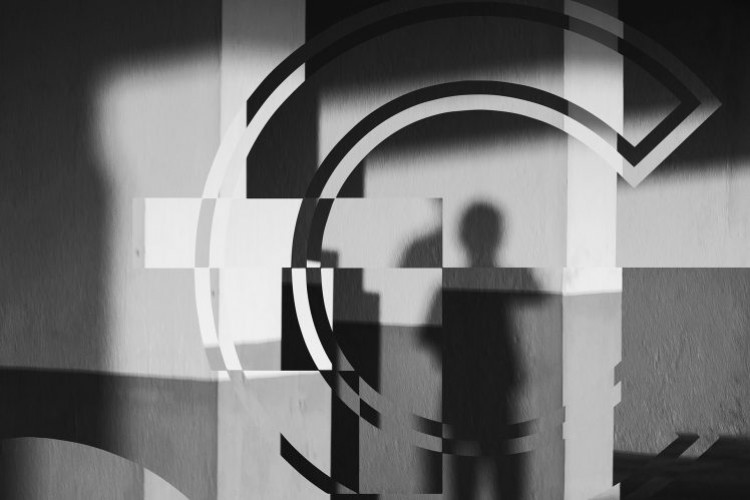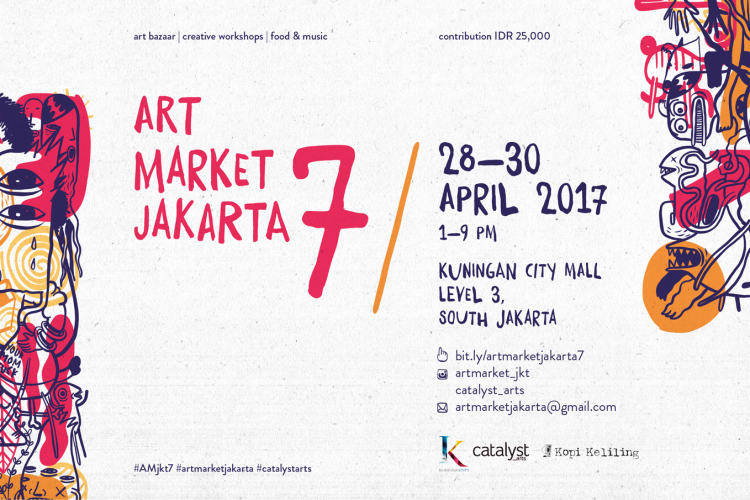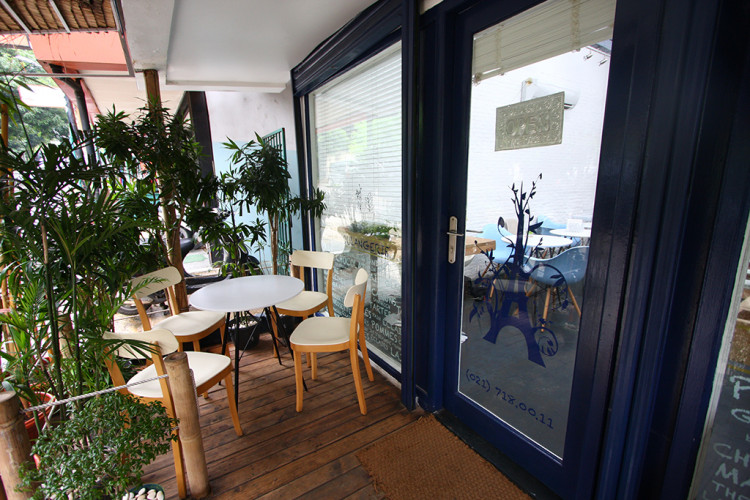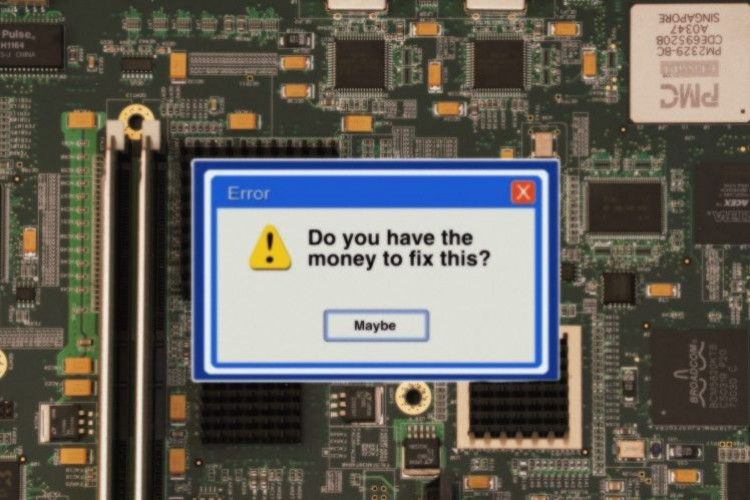Rhythm of the Archipelago with David Tarigan
Ken Jenie (K) talks to Indonesian music expert David Tarigan (D)
by Ken Jenie
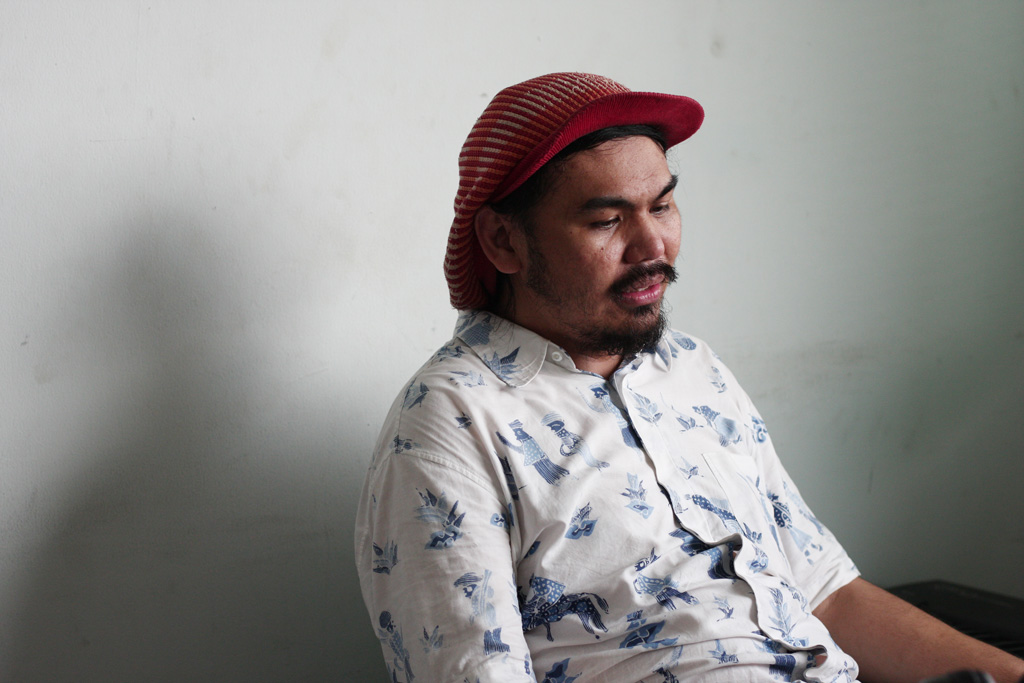
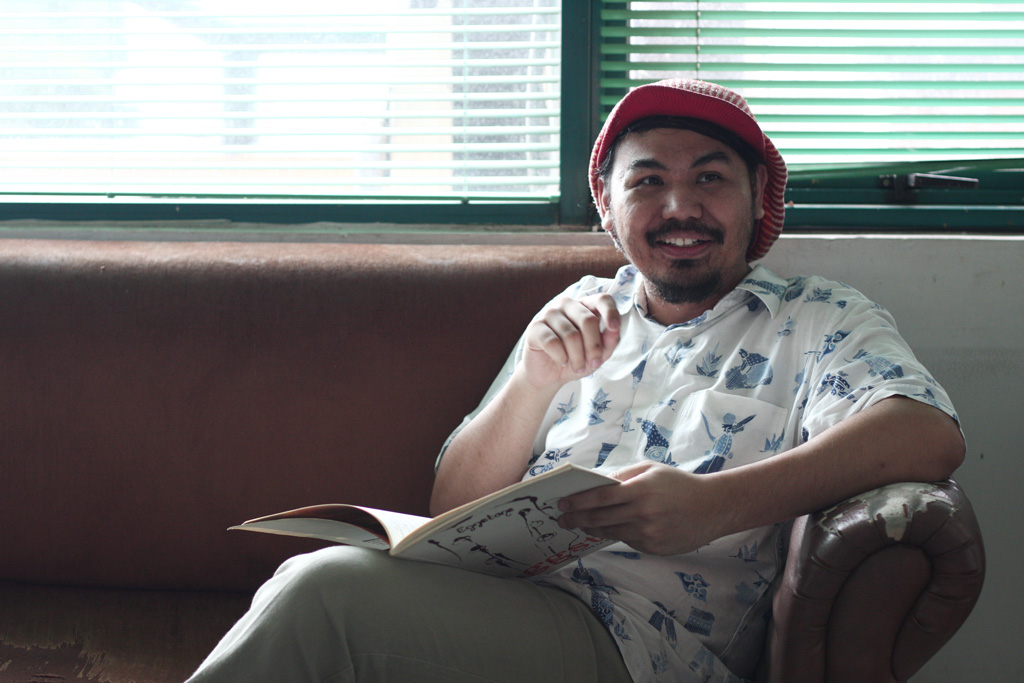
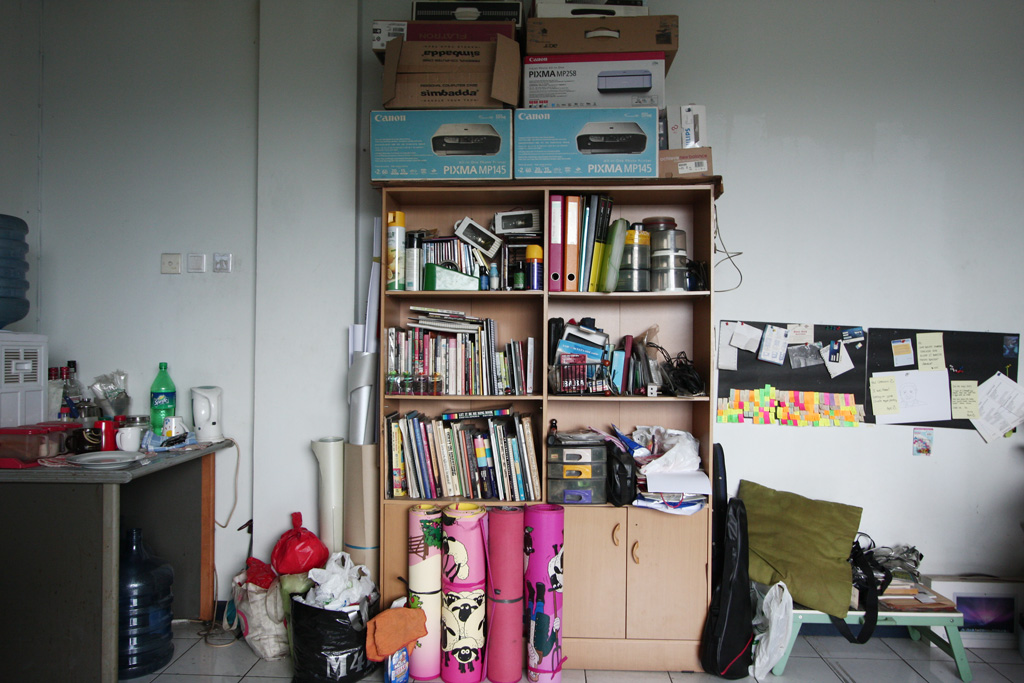
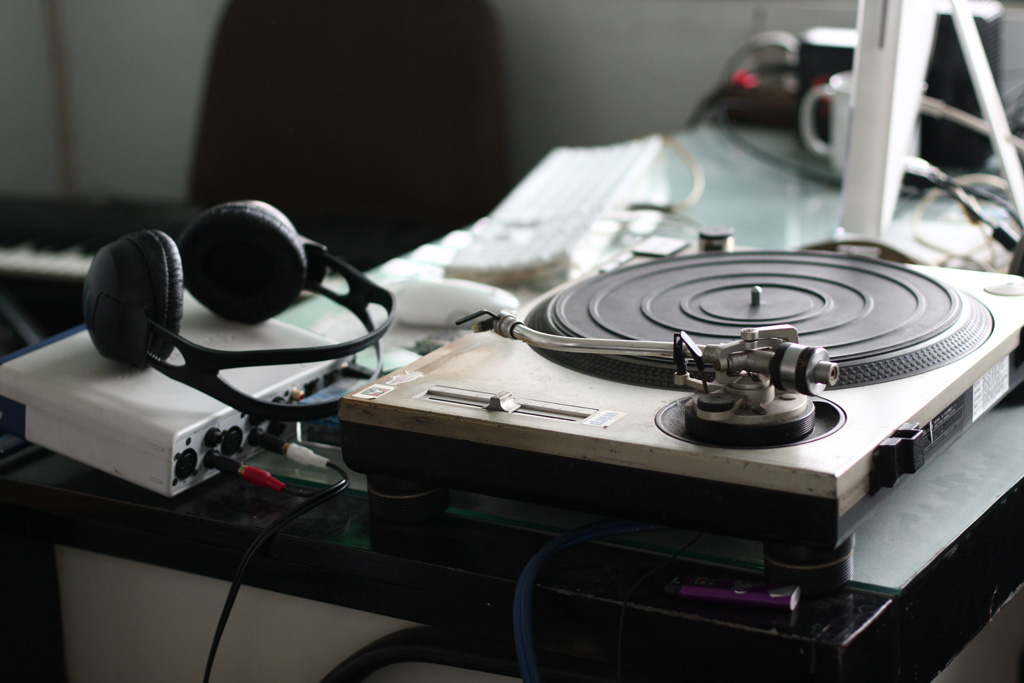

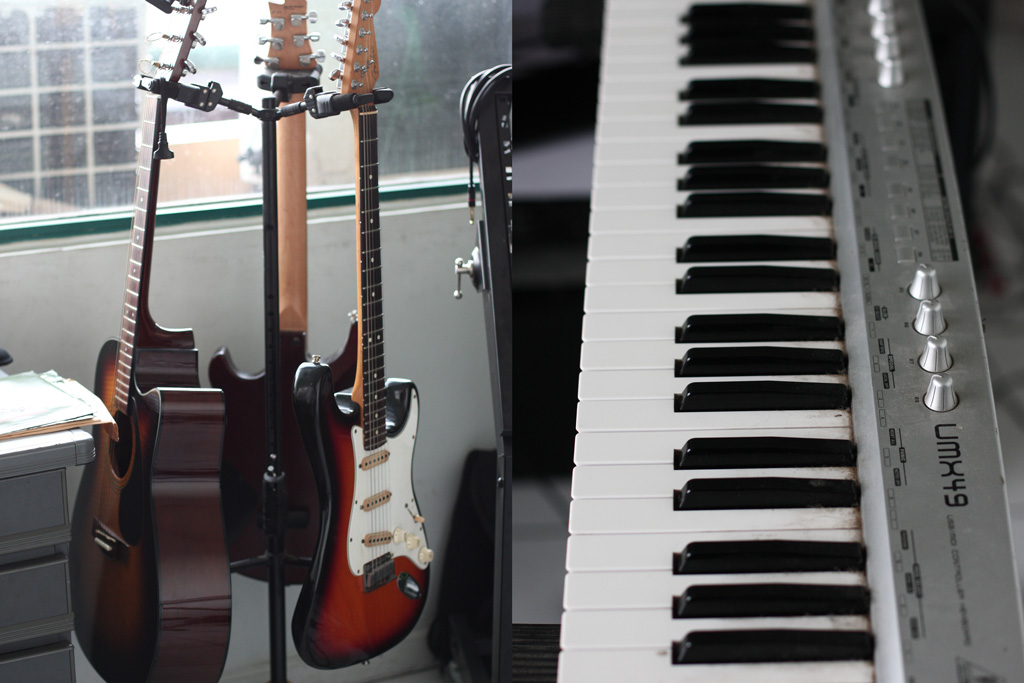
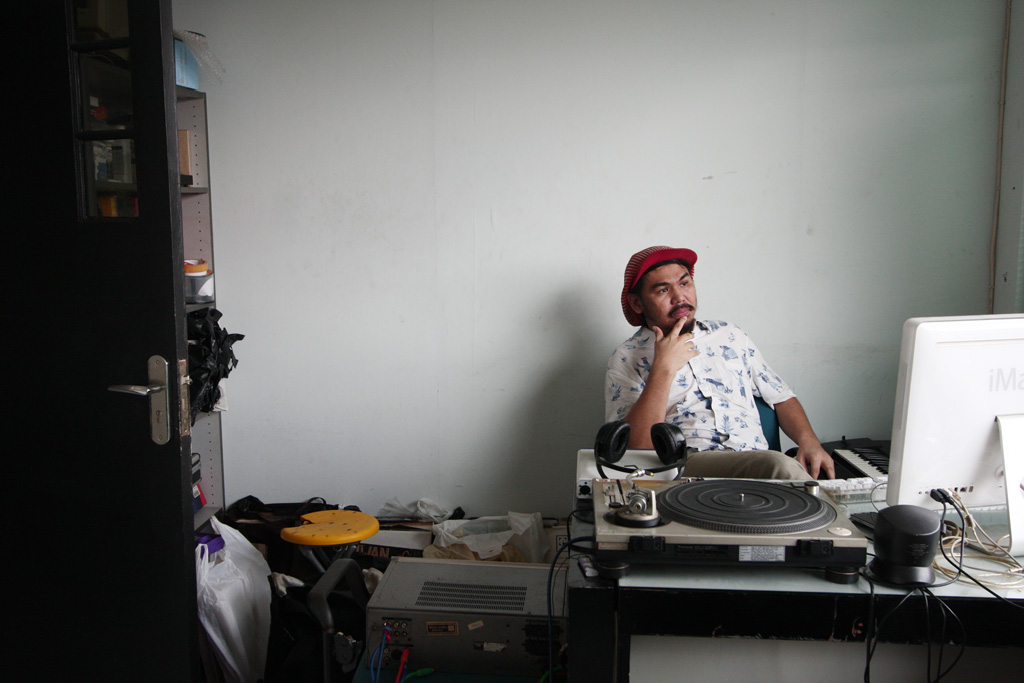
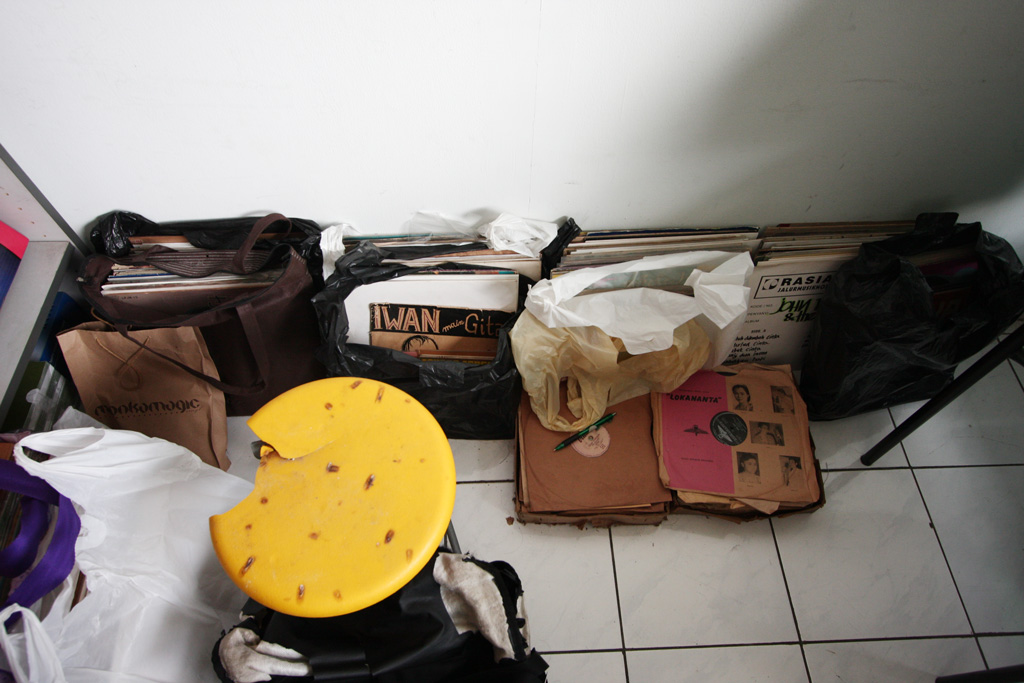
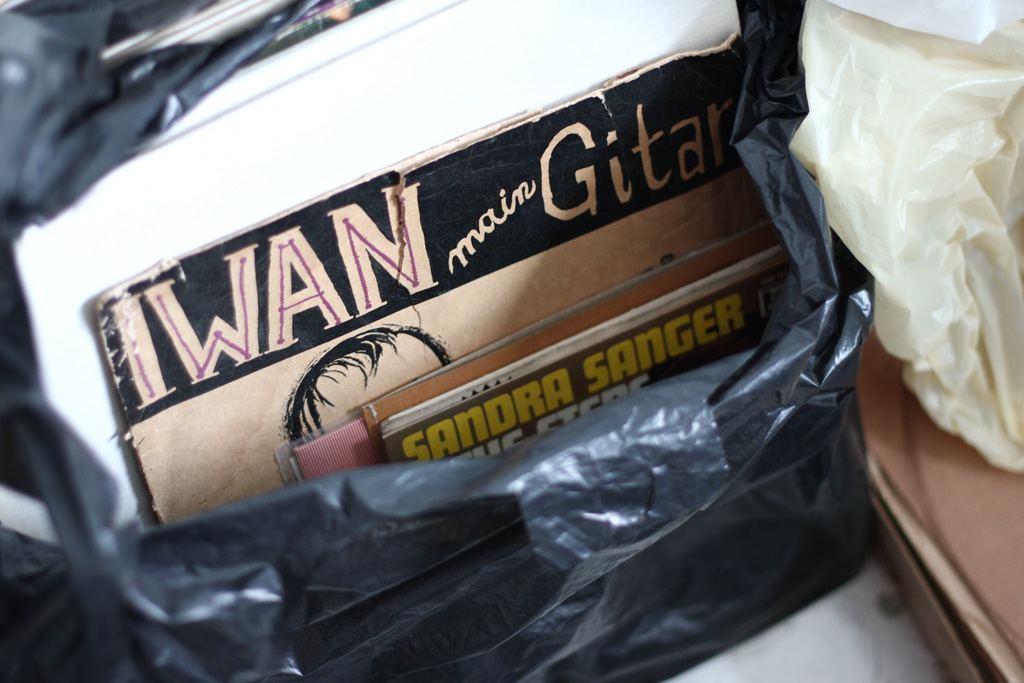
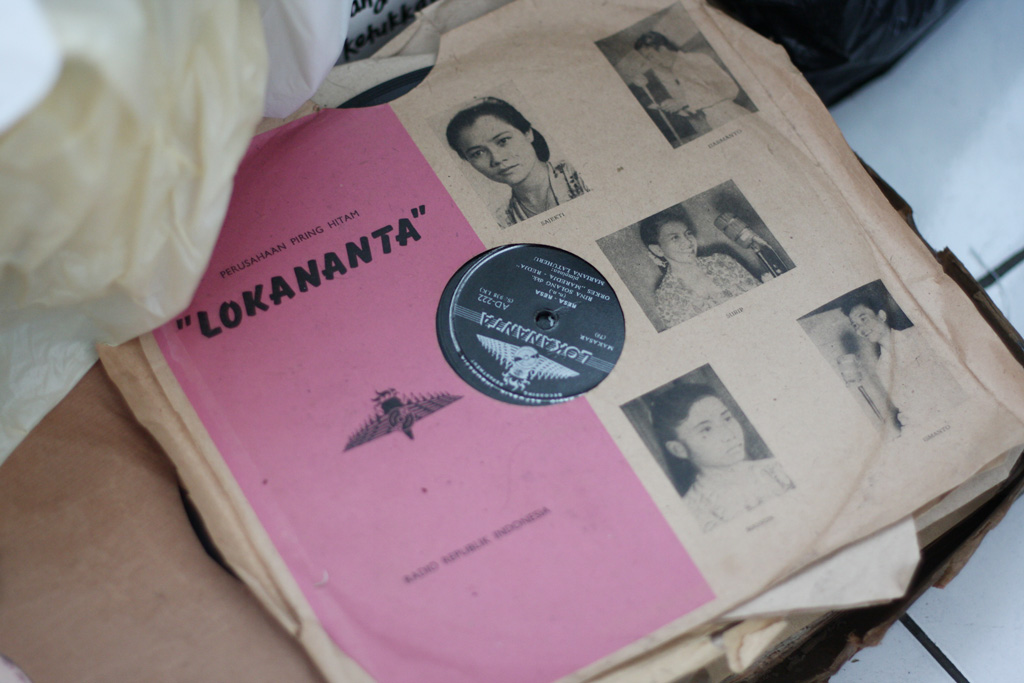
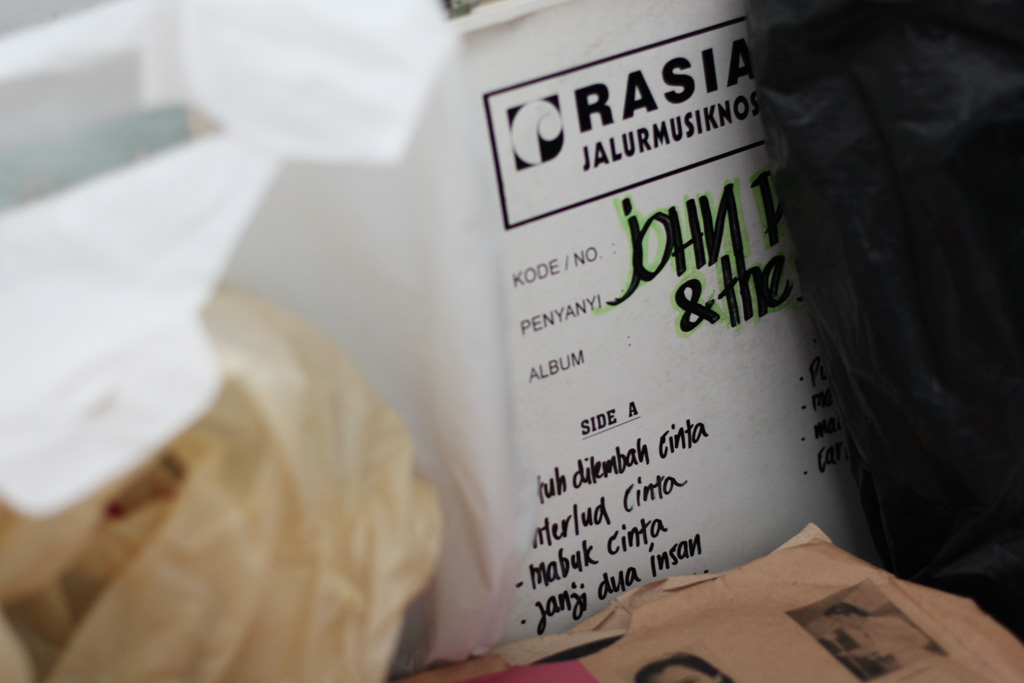
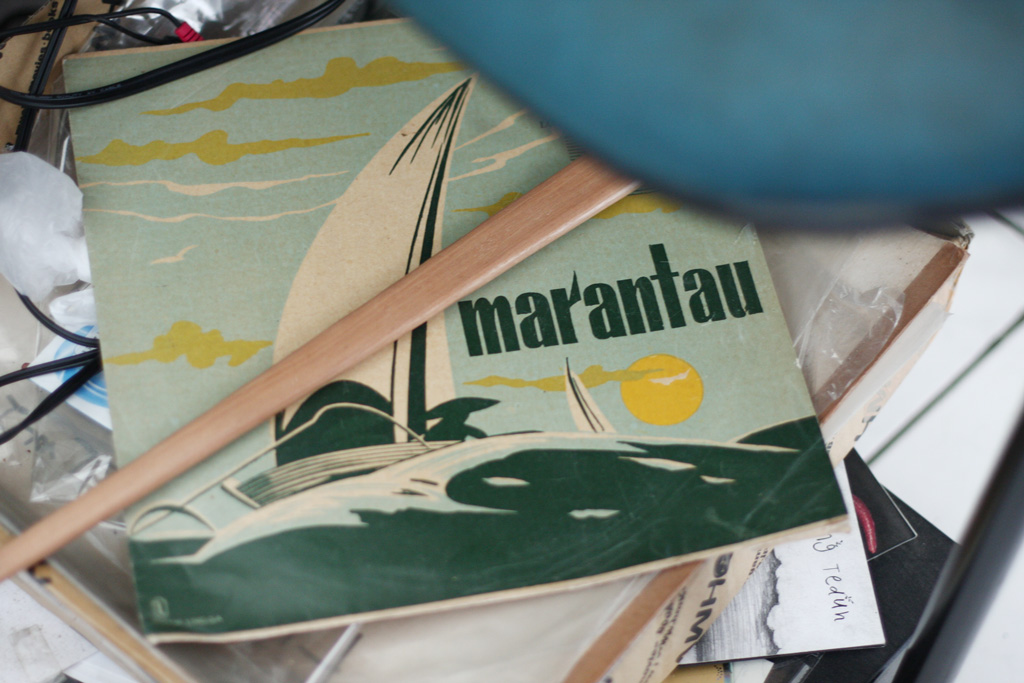
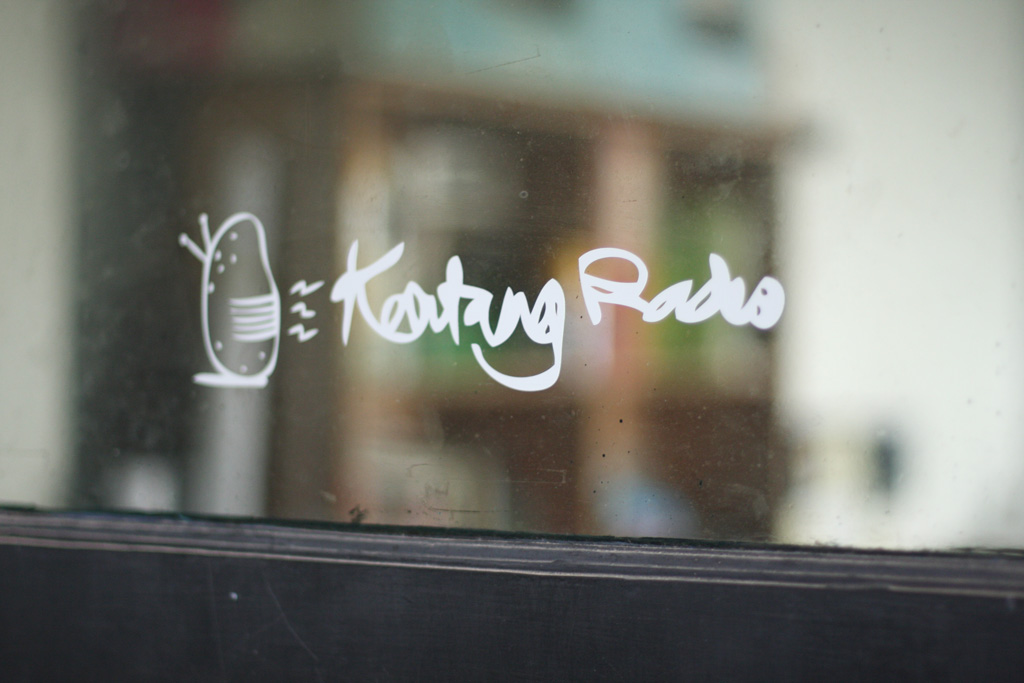
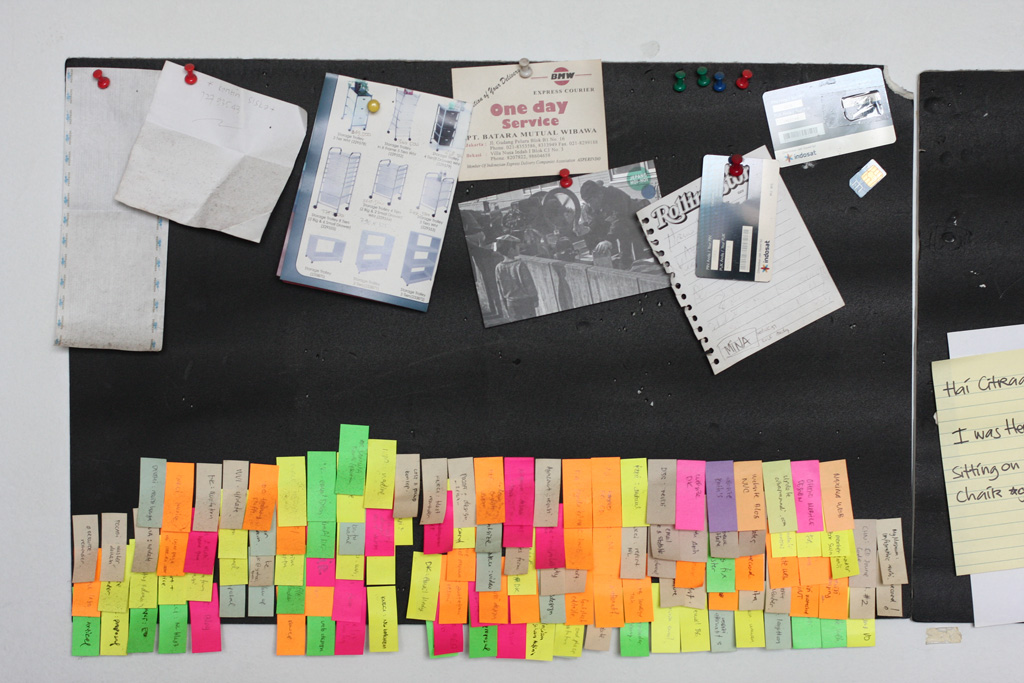
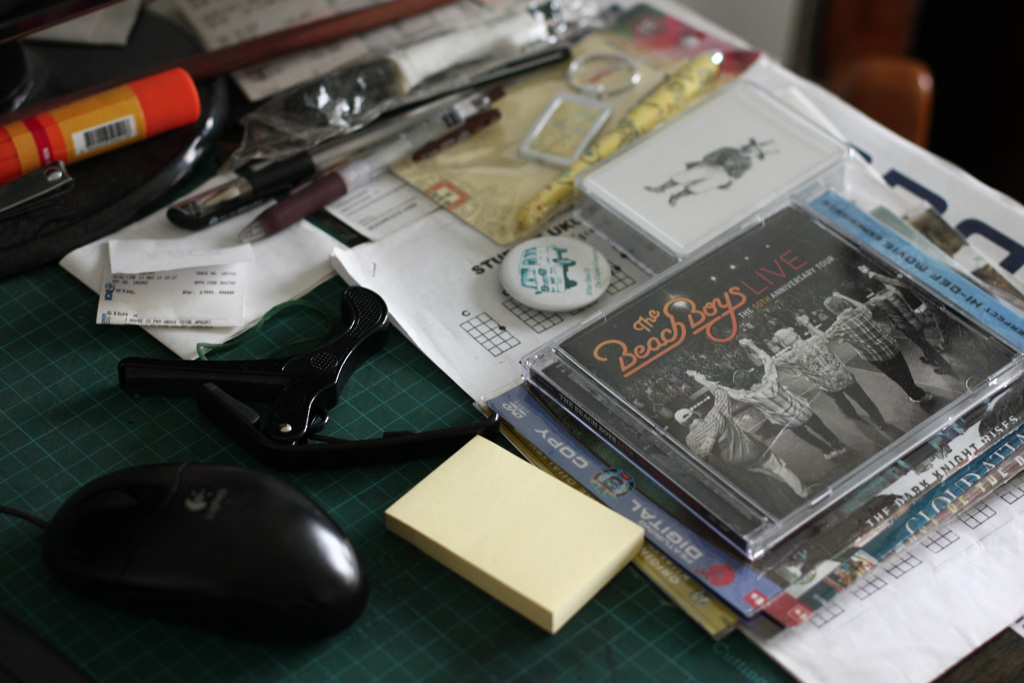
K
You are obviously a big fan of music. Can you first tell us a bit about your background? How did you become involved not only as a fan but also as a part of the music industry?
D
I think I got involved in music way back in College. I used to force my friends to listen to some bands, just to let them in on what music is good. Then I started a magazine called Ripple in Bandung with my friends Dendy [Darman of UNKL 347] and Iyo [Satrio Nurbambang], who now is the vocalist of Pure Saturday. We studied fine arts and shared the same studio for graphic arts and printmaking.
K
Where did you study?
D
In Institut Teknologi Bandung (ITB). Since I was into music, so became the the music and art editor at Ripple magazine. Back then, I realized I had many friends that are in really good bands but were unknown. In those days it was especially difficult to get known if you haven’t released your own work.
K
When was this?
D
It was around 1999-2000. There were a few good bands, not as many as you can find now. My friends would have a demo or have recorded a few songs but wouldn’t know what to do with them. So we started packaging Ripple Magazine with these demos in the form of cassettes. Each contained three or four songs of the bands we interviewed in the issue. The Internet already existed back then, but was mainly used for chatting and email – there were no social media yet. Ripple became a sort of Zine with songs we distributed because we thought they deserved the attention of the music industry. This, I suppose was my introduction to the music industry.
K
So right then did you feel that music was what you wanted to pursue?
D
I actually never thought of it. Even now I don’t consider myself a member of the music industry. There was a prospect I saw and my environment was very supportive of it. Back then, UNKL 347 had its own division. The name of their lab was Flatspills Lab, and under it was UNKL 347, Ripple magazine, as well as a shoe brand, Indicator. Then we created a record label called Spills. For its first release, we looked for ways to fund a skate park. There were a lot of skaters but no skate parks available in Bandung. So we raised funds by creating a concert named ‘Ticket to Ride’ and created a compilation of music from that concert. I also started a band with a few friends called The Jonis. So that was the beginning.
K
You mentioned studying Fine Arts at the time.
D
Yes, me and my friends come from a Fine Arts background for the most part.
K
What was your focus in Fine Arts?
D
I did all sorts of things. Anything, really (laughs). I did a lot of exhibitions. I was actively exhibiting my works from 1999. I did a solo exhibition and received pretty good coverage. I thought being an artist wasn’t so bad. I am now still involved in the art scene but I’m not as active as I was before. I feel uncomfortable in the art industry. I wouldn’t say it’s pretentious, but there is a system in the art world that does not suit me. Don’t get me wrong, I enjoyed having my work receiving rave reviews in Tempo or other publications, but I prefer keeping my work to myself now.
K
Do you still make art?
D
Yes, but I mainly do it just for fun these days. I feel the main element in creating art is the same as being involved in music. It has to be fun. If it’s not enjoyable I wouldn’t do it. I am not an artist searching for a catharsis, wanting to express my own personal struggles. But I understand if other people do and I can really appreciate it.
K
So back to music, can you tell us about your time in Aksara Records?
D
Yeah, so I returned to Jakarta in 2002 and started to work here in Dutamas. Bandung was a very memorable place for me. It was a place where I pursued my artistic dreams – exhibiting my work, making music. But then there was a point in my life where I thought to myself “Why am I not thinking about making a living? I need to grow up” – you know, we all experience this realization at some point in our lives. So I decided to return to Jakarta because this is where I am from. I had made friends in Jakarta’s music scene, which was back then mostly from Institut Kesenian Jakarta (IKJ), thanks to my work in Ripple Magazine covering them. I was also lucky that my friends from Bandung also moved here, which made the transition easier and welcoming. We started working here in Dutamas, doing design work to earn a living.
In 2002 Aksara was already established as a bookshop and has decided to open a music section – selling CDs and later vinyl as well. I thought to myself that it would be fun to be a buyer – curating the music selection. So I talked to the owners, Winfred and Hanin, they said yes so I started working in Aksara as well.
During the same time the guys from Trax radio and magazine started to organize events in BB’s [a bar based in Menteng credited to being the home Jakarta’s independent movement]. We first just DJ-ed there, but then our friends started forming bands and performing there as well. A lot of great bands such as Henry Foundation and the Upstairs emerged from this group of people, and suddenly BBs became the center for great eclectic events.
It was truly a great music scene and since Hanin, one of Aksara’s owners, had a recording studio I asked him if we could use it after office hours to record these bands. Fortunately he said yes, and even provided a sound operator for us. Me and my friends spent a whole year there recording bands such as Sajama Cut, the Upstairs, and Sore. Many of these recordings became material for the JKT:SKRG compilation.
K
So by this time Aksara Records had already existed?
D
Not yet, after spending a year in the studio and having all of this recorded material it dawned on us that we should make something out of it. “What should we do with it?” was followed by “release it” which led to “who would release it?”
I consulted with Winfred and Hanin and in the end they decided to release it. There were even talks of making this an on-going series documenting what is happening in Jakarta’s scene. That was how we managed to release JKT:SKRG and Aksara Records was born.
K
As someone who was not familiar the record industry, how did you manage the label?
D
It all happened naturally. We all just dived into it. We didn’t know the proper way of distribution, so I had a high school friend be in charge because at the time no established record labels in Indonesia took us seriously. While recording JKT: SKRG, The Adams was also recording their album, we then took the opportunity to invite them to record in our studio. The Adams then launched their full album after JKT: SKRG. SORE then also released an album after that.
Gradually, we also invited a band we adored, White Shoes and The Couples Company. While recording their album, film director Joko Anwar approached us to create the soundtrack for a film he was creating with Nia Dinata called Janji Joni – this was a huge success.
K
Looking back, did you realize you were being part of a special moment in Jakarta music’s history?
D
Nope… Well, maybe just a little. Back then I was doing it for fun. The Janji Joni soundtrack opened a floodgate of opportunities. The film was a hit and everyone felt the soundtrack complemented the movie. There was one particular moment that really left an impression – I was once in the Aksara music section and a lady came in asking me, “Do you have that Joni, Joni, Joni song?” That lady was asking about the Janji Joni theme song by Teenage Death Star. It was the most radical song from the rest because it was recorded while the artists were drunk playing this really simple music. This lady searching for the song helped me realize how powerful the music was. It dawned on me that if the youth knew there were songs and bands like these it would become their music of choice.
A new musical era had arrived in Jakarta – I was sure of that when I visited other cities in Java. I was in Wonosobo, Central Java, when I saw a kid wearing a T-shirt with a The Brandals t-shirt. Piracy is common, and doesn’t apply to only the music but other merchandise as well. You will find funny and rare merchandise like having White Shoes and The Couples Company combined in a t-shirt with The Upstairs – rare stuff!
When I went over to ask if the kid wearing The Brandals shirt knew about the band, he confessed he only bought it because the t-shirt was cool and had never heard about the them. What if he did know about the band? The band’s apparel already stirred something in him – it communicated a powerful image he related to and wanted to be associated with. Imagine if he listened to the music.
Looking back, the whole music movement and Aksara Records were special – it’s difficult to experience a moment like that again. It was a collective who gathered and traded ideas in one place. Most of the people involved did music for fun – some were still in college, some had full time jobs. Everyone would gather at the studio in the evening. The dialogue between artists who appreciated each other’s work stirred the creativity. It was a time and place where people gathered and were free to experiment with facilities that were very accommodating. Now that I look back, it is something we lost that I really miss – that we all miss.
K
You mentioned once in an interview with Madah Bakti that you didn’t choose vinyl because the sound is far more superior but maybe because there is bigger room for artwork. Do you think that the physical forms of music played a role in how we experience or enjoy music?
D
It’s difficult to put into words. I grew up in an era before music can be ripped digitally. I started buying CD, cassettes and vinyl back when I was in primary school. The physical format of music has always played a big part for me. I love old music, and I wanted to experience it the way it was first released. It is an artifact, a piece of history. That’s why until this day I have never purchased a single re-issue. No matter how bad the quality of the record is, it is a part of the experience.
You don’t just listen to a song. When you get you hands on the album, you open the sleeve, read it, touch and even smell it. It is sort of a ritual, a way of worshipping your favorite band. Sometimes people buy an album based on its cover, and if the music is as good as the cover, the experience will be even more rewarding.
In the end it really depends on the individual. I always tend to leave some room for the imagination when it comes to my interaction with music. I like to interpret songs and create personal images of the music. The physicality of the record and the ritual of listening is the foundation that allows me to create my personal opinion of the music.
K
How did you get started with Irama Nusantara?
D
It is actually something I’ve dreamed of since I was young. I have always loved gathering and organizing data. In primary school, I read Hai Magazine which regularly had these illustration of musicians and their music. That’s how I learned about The Velvet Underground – the illustrations were really cool. I wanted to make something similar for Indonesian music, but I didn’t know where to start. That made me determined to learn about Indonesian music, and soon I discovered how great the artists were.
I began collecting Indonesian and foreign records, and during my time in college I asked myself how I can share the music because people need to hear these great songs. Around the year 2000 me and my friends created a website called ‘Indonesia Jumawa’ where we would upload snippets of the music and its packaging. It wasn’t anything serious. There was no clear purpose to Indonesia Jumawa other than for our own amusement.
I continued to collect and transfer music digitally through my Aksara days, and as my collection grew finally I decided that I must make an archive of Indonesian music. The interest in old Indonesian music is growing, and with the internet making information accessible this is the right time to do it.
K
So who is involved in Irama Nusantara?
D
Whoever is willing to be involved. My friends help me tremendously in this project, volunteering their time to help me transfer the data.
The problem Irama Nusantara faces is with funding. Organizing the data – cleaning the records, making digital versions of the music, scanning the packaging, copying the liner notes – it takes up a whole lot of time. Ideally the government would help fund it because music is part of our national identity, but for now I get my help from my friends and volunteers.
In the future, Irama Nusantara will not only be a free database filled with references, but also a media with interviews and articles that relates to Indonesian music – all of them linking back to the available information. We have a digital radio called Radio Kentang that we’ll adapt into Irama Nusantara and play strictly Indonesian music as well.
This website has a lot of potential. You can only imagine what we can do with the information – you can make a books, let’s say a coffee table book about left leaning Indonesian music (laughs).
K
How’s the progress so far and when will the website be fully operational?
D
We are still organizing and uploading the data. Our target is for it to go live on August 17th, even if there won’t be too many things on it at that time. It is an on going project so we will regularly update the site as we go along.
K
You have listened to many different Indonesian music from many different eras. Based on what you’ve heard, what is Indonesia’s musical character? Is there a motif that regularly appears in Indonesian music?
D
There absolutely is an Indonesian character in the music, especially in the older songs. Now it is a bit different – you can have music from Jakarta that sounds really “New York”, but not back then. One particular era of music I really enjoy are those from the Old Order, especially when “naughty music” started to enter the market. The dawn of 50s rock n roll.
You know about President Soekarno’s policy, right? Until about 1965, Indonesia was all about nationalism, anti neocolonialism – exemplified by western cultural imperialism, one of them through music. Indonesia wanted to counter it by promoting its own culture through music such as folk songs, revolutionary songs, etc.
In 1959 the president made a famous speech describing western music as “nak nik nok” and “cacar rock n roll” [describing the music as a disease: smallpox] – a culture of decadence. But music can always find its way to the listeners. If there is a tiny crack for it to penetrate, it will. The kids knew the music, but they had to be careful when performing it and recording it. Musicians had to find a way to play it and still abide by President Soekarno’s policy. The solution was to adapt rock n roll with Indonesian folk songs. What resulted was this music you will never hear outside of Indonesia! You would hear Sundanese music fused with cha cha and early rock n roll, there were even hints of avant garde.
After that we entered the New Order, and all types of music entered Indonesia. But this fusing of Indonesian and Western music has become a tradition of sorts, so there was still popular Western music that were Indonesian-ized. Even after the Lomba Cipta Lagu Remaja (Youth Songwriting Competition) and “Badai Pasti Berlalu” era in the 70s, which was one of the monumental moments in Indonesian music history thanks to the likes of Chrisye and the Pegangsaan gang, that Indonesian flavor was prevalent.
The Indonesian style still exists in today’s music, there is just more variety now.
K
Based on my own observation, there is a disconnection between our listeners today and older Indonesian pop music. How did this happen? I mean, aside from a few famous musicians, older Indonesian music is more of a discovery than nostalgia.
D
Well, going back to President Soekarno’s policy, Indonesia was untouched by international labels. That helped build a dynasty with its own musical character and rules of business. Back then when you recorded with a label, with the exception of perhaps Lokananta, the contracts were haphazardly made because there were no clearly defined protocols.
It was the norm back then, but now what resulted from this practice is… well, a lot of problems. Well, you know what the Indonesian music industry is like – there is a lot of bootlegging so we never really know the number of sales. Even the labels pirate their own releases to make money.
The point is, there is a copyright problem here in Indonesia because there weren’t many legitimate contracts. It’s a big problem when you want to make reissues. You think you have obtained the rights to publish a song, suddenly somebody would say the rights belong to them. Sometimes no one would even know whom the song belongs to. It becomes very confusing.
There is also the problem of being Indonesian. For some reason, if you’re Indonesian and are interested to do a reissue, most of the time the artists’ response would be of suspicion. Perhaps because of bad business practice from the past, they think you want to take advantage of them. My friends and I would approach musicians and their response would be something like “why are you here?” and then reject us.
Whether we like to or not, we have to thank the foreigners who have released old Indonesian records legally and illegally. Many of these artists and bands are happy that their records have been reissued abroad, so now they are more open to the idea.
K
Does Indonesia have a presence internationally?
D
For me it does. People always want something fresh and exciting so trends constantly appear. Right now people are into 70s Afrobeat, Jamaican music. A while back it was Japanese music such as Group Sounds. Then it shifted to India – Bollywood funk, then 80s Cambodian, and so on. Indonesia has a variety of music – diversity is in our culture and that translates into our music. There are so many different types of styles to discover here. This, for me, is what Indonesia has to offer to the world.
K
What is happening in the Indonesian music scene on a major and independent scale and where is it going?
D
To be honest I do not know much about the current major Indonesian music scene, but I’m sure about 90 percent of the sales are pirated. There are many people who want to eradicate piracy, but I don’t think that is currently possible. Many of us owe a great deal to the black market. We grew up being able to posses many creative skills the previous generation couldn’t obtain because of piracy. It enables us to gather references and learn different software easily because everything is affordable.
There are people here who complain about their work being bootlegged, but that is the price you have to pay when you grew up with piracy. I don’t feel threatened when someone illegally copies my work. I know I can find different ways to make money.
Back to major labels, they need to make money from their sales, right? In Indonesia, oftentimes an artist would ask a label to release their album and the label would in turn ask them “how much money do you have?” It’s understandably a gamble for these companies to invest in artists, especially because they are about making huge numbers. Now, record labels are shifting their focus from sales to artist management, because there is money in touring, sponsorship, etc. So it has gone beyond just a record deal. They are confused.
K
Is this industry in a healthy state?
D
I don’t think so. They have things like RBT (Ring Back Tones)… I don’t think we should even discuss this [major labels].
Meanwhile the independent artists happily make the music they want. They struggle on their own. I personally think that’s what an artist needs to do. There are also communities that support each other, and these collectives are important for independent artists. For example, a band would come to me telling me they want to release a record, and I would happily help them. If I’m sure this is a good band and people should listen to their music, I’ll help them. People do this all the time, and I still often work this way – I work White Shoes and the Couples Company because they are my friends and make great songs, for example.
K
That’s about it, thank you very much for doing this interview with us, David.
D
You’re welcome, I’m happy to do it.








